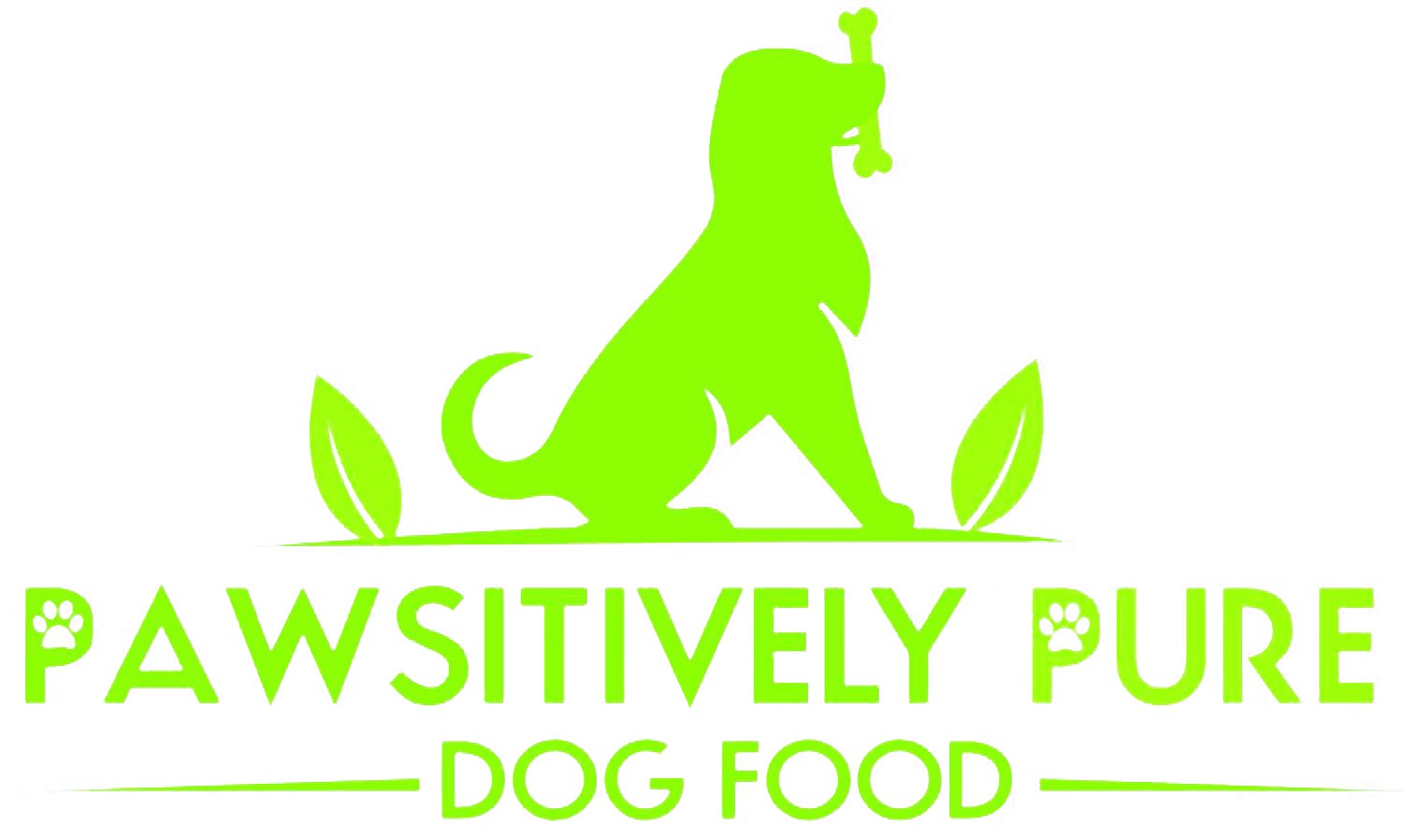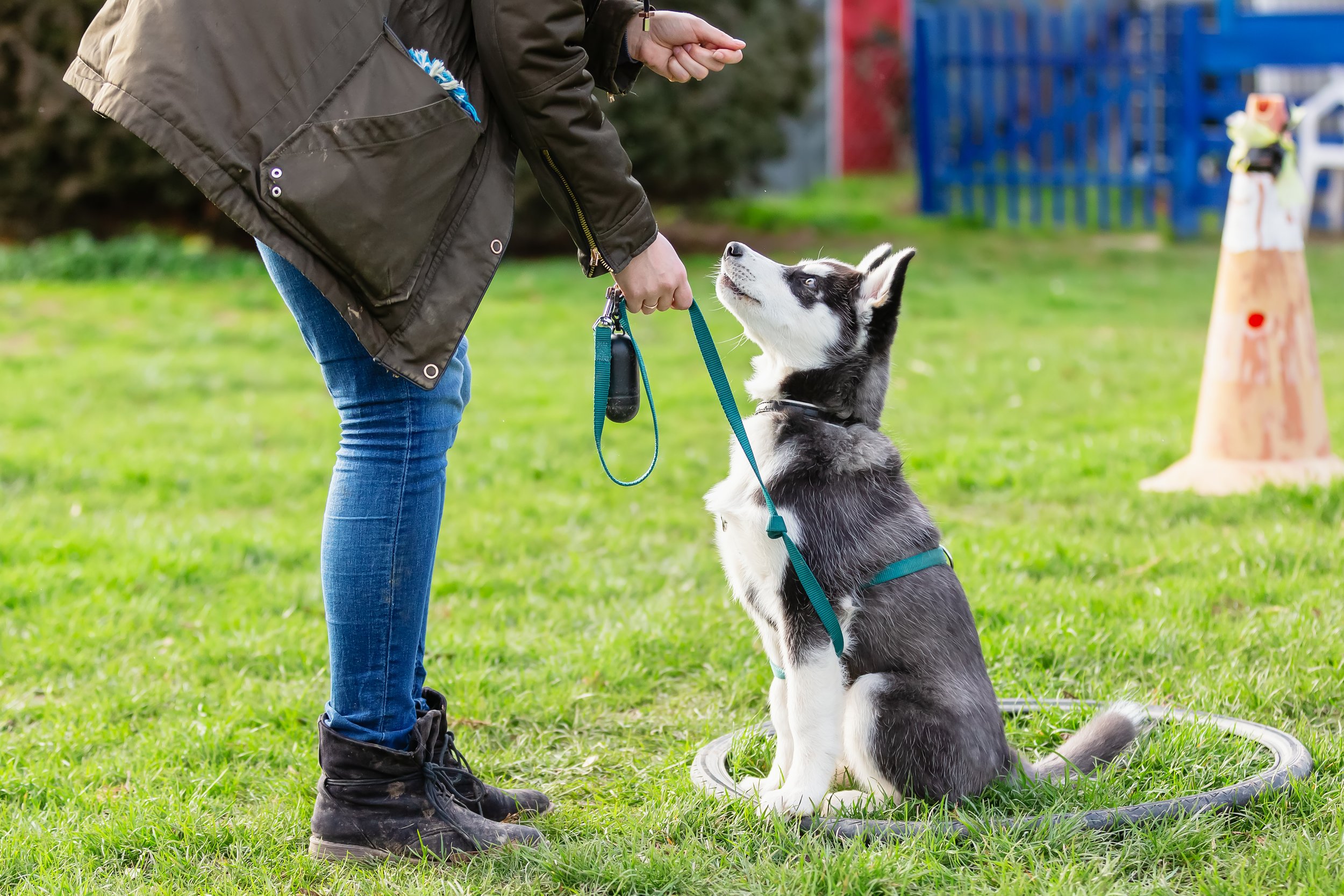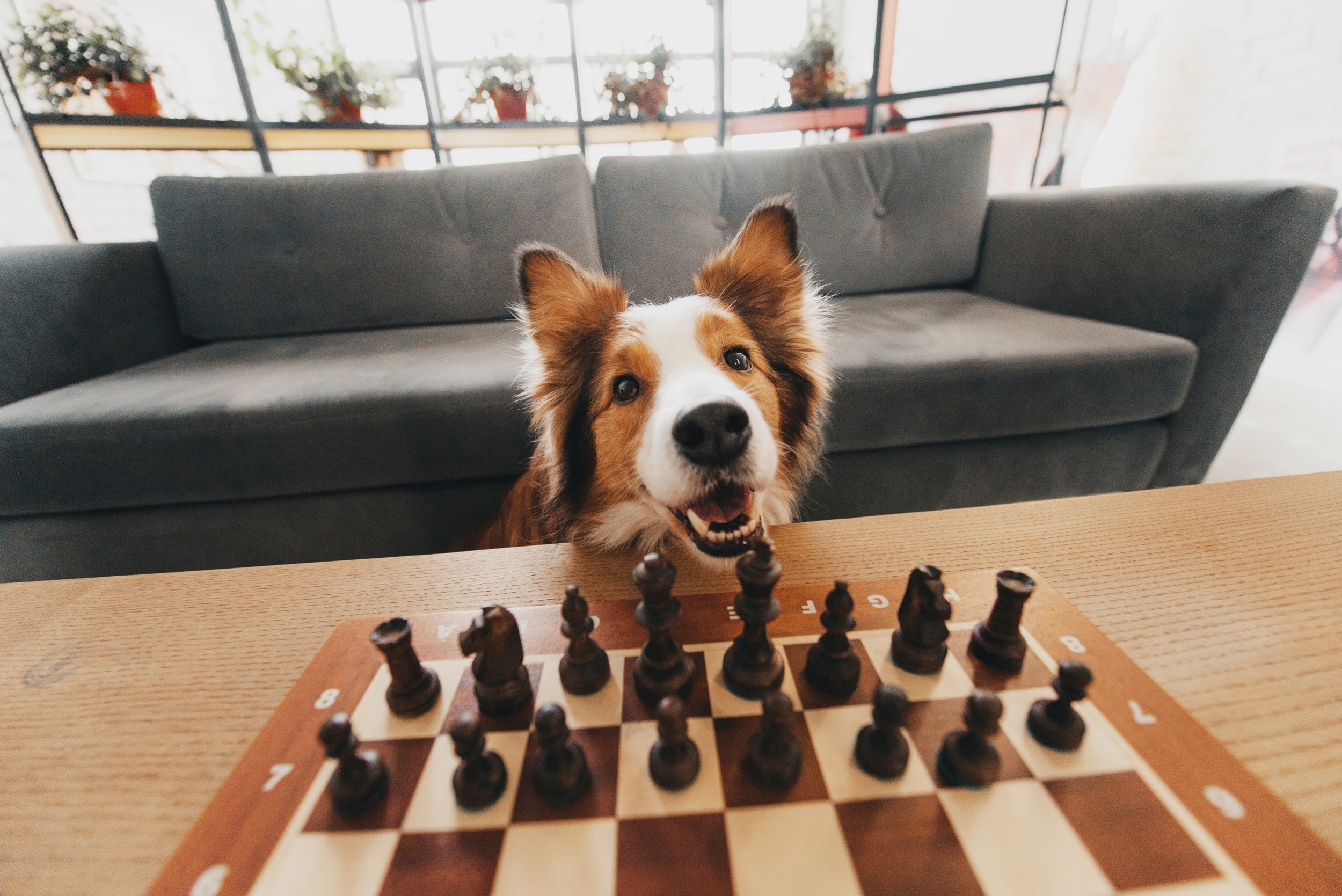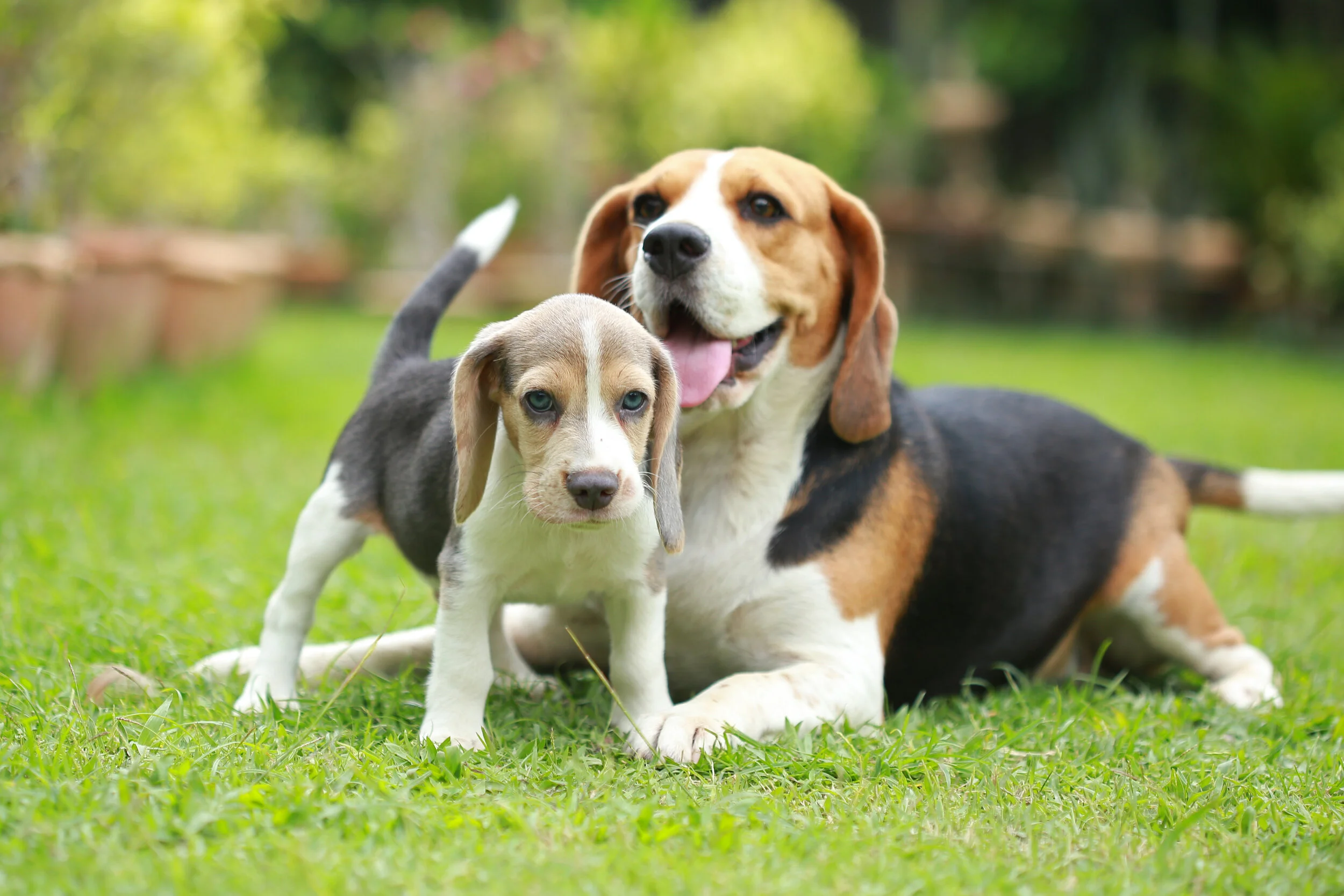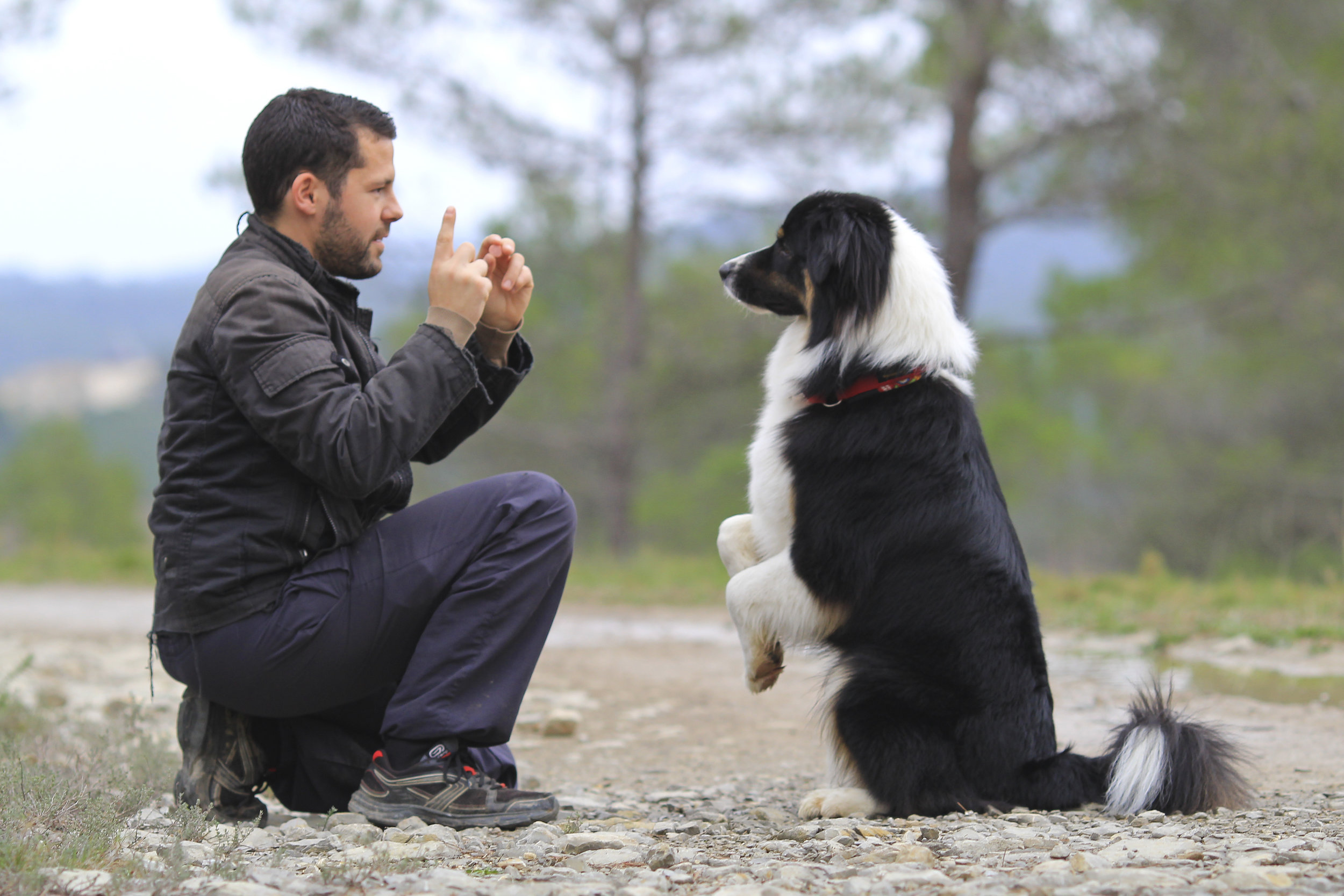How Diet Affects Your Dog’s Mood and Behavior
Ever notice how you feel sluggish after a fast-food meal but energized after a balanced, nutritious meal? The same applies to your dog! Nutrition plays a crucial role in canine behavior, affecting everything from energy levels and focus to anxiety and aggression. A diet filled with low-quality ingredients can lead to hyperactivity, digestive discomfort, or mood swings, while a well-balanced, natural diet supports emotional stability and overall well-being.
In this blog, we’ll explore how different nutrients (or the lack of them) impact behavior, which ingredients to avoid, and how feeding your dog a high-quality, small-batch diet can promote better mood, focus, and calmness.
The Link Between Diet and Canine Behavior
Just like humans, dogs need a balanced intake of proteins, fats, and carbohydrates, along with essential vitamins and minerals. When these needs aren’t met, behavioral issues can arise.
Nutritional Deficiencies and Behavioral Changes:
Lack of B vitamins (especially B1, B6, and B12) can contribute to irritability and anxiety.
Deficiencies in magnesium and zinc are linked to restlessness and hyperactivity.
Low omega-3 intake can lead to poor cognitive function, making training more difficult.
Blood Sugar Fluctuations and Hyperactivity:
Diets high in processed grains and artificial fillers can cause spikes and crashes in blood sugar, leading to sudden bursts of hyperactivity followed by lethargy or moodiness.
A protein-rich diet with slow-digesting carbohydrates (like sweet potatoes or pumpkin) can help stabilize energy levels.
Gut Health and the “Gut-Brain Connection”:
The gut is often called the "second brain" because of its direct influence on mood and stress responses.
Poor digestion or an imbalance of gut bacteria (from low-quality food) can contribute to anxiety and irritability.
Bone broth and probiotic-rich foods support a healthy gut microbiome, promoting calm behavior.
Ingredients That Can Negatively Impact Behavior
Some commercial dog foods contain artificial additives and fillers that may contribute to behavioral issues.
🚫 Ingredients to Avoid:
Artificial colors & flavors (linked to hyperactivity and food sensitivities).
Excess sugars & refined carbohydrates (cause energy spikes and crashes).
Low-quality by-products & fillers (can lead to poor digestion and mood instability).
Preservatives like BHA and BHT (suspected to have negative effects on the nervous system).
The Role of a Natural Diet in Promoting a Well-Behaved Dog
Switching to a high-quality, natural diet can have profound effects on your dog’s mental and emotional state.
✅ Key Nutrients for a Calmer, Happier Dog:
High-quality proteins (lean meats, fish, eggs): Support brain function and energy stability.
Omega-3 fatty acids (found in fish oil, flaxseed, bone broth): Help reduce anxiety and improve focus.
Complex carbohydrates (sweet potatoes, pumpkin, brown rice): Provide steady energy without blood sugar crashes.
Probiotics & gut-friendly ingredients (bone broth, yogurt, fermented veggies): Support digestion and mood balance.
Magnesium & B vitamins (found in leafy greens, fish, and eggs): Aid relaxation and reduce stress-related behavior.
How to Transition to a More Balanced Diet
If your dog has been eating processed kibble with low nutritional value, switching to a natural, small-batch diet can improve their mood and behavior.
Steps for a Smooth Transition:
Start Slow: Mix a small portion of the new food with their current food and gradually increase the amount over 7-10 days.
Monitor Energy & Behavior: Take note of any positive changes in energy levels, anxiety, or focus.
Incorporate Bone Broth & Nutrient-Rich Treats: Use bone broth to support digestion and limited-ingredient treats as training rewards.
Food is More Than Just Fuel—It Shapes Behavior
A well-balanced, natural diet isn’t just about keeping your dog full—it directly influences their energy levels, mood, and overall well-being. By choosing high-quality, whole-food ingredients, pet parents can support a calmer, happier, and more focused pup.
Want to see the difference a natural diet can make? Explore our selection of small-batch, human-grade dog food and treats designed to nourish your dog from the inside out!
